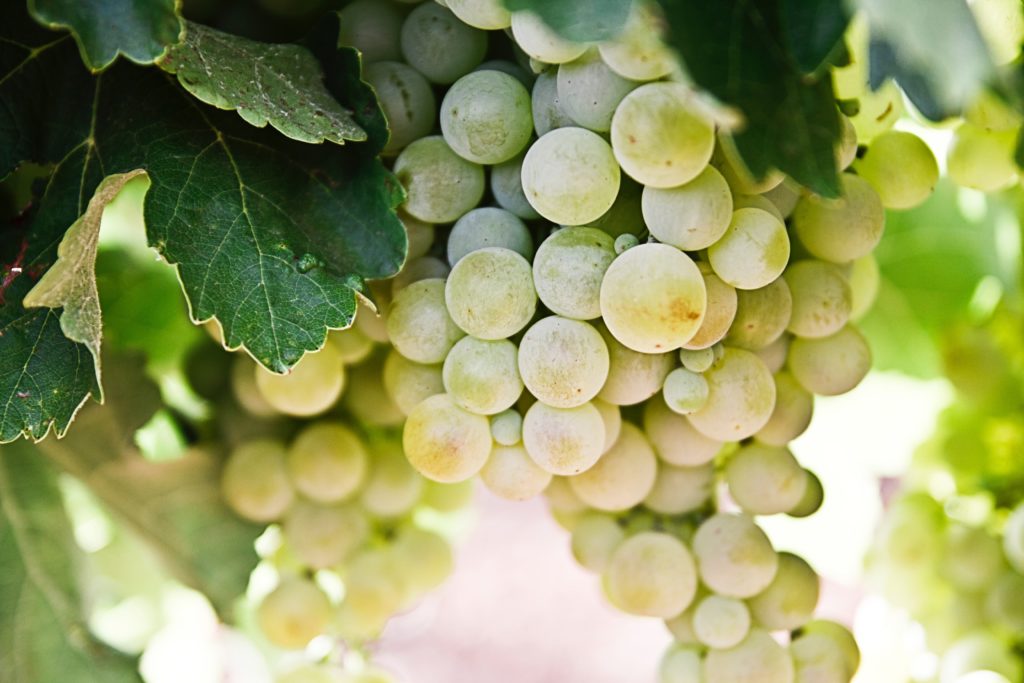White Wine Overview
Episode #6 of the course Introduction to red and white wine by Paul Kalemkiarian
We’re halfway done with our course, and hopefully, you’ve learned a few things about red wine that you didn’t know before. Now, we’re going to look at white wine.
This is the age of white wine. Before, wine drinkers of the 19th century relished their thick, dark, gutsy reds—clarets that were often indistinguishable from the ports that preceded them. Now, today’s glasses are increasingly filled with cool, pale-colored wine.
There are several reasons for this sudden growth in white wine drinking throughout the world. In the English-speaking world—where wine consumption is growing fastest—semisweet and dry whites like Pinot Grigio, Muscadet, and Vinho Verde are ideal, inexpensive, easy-to-drink wines for all kinds of occasions. Wine has ceased to be simply an accompaniment to food; nowadays, it competes on equal terms with scotch and gin-and-tonic as a drink to be consumed at any time.
Dieters prefer the lower calories. The cautious prefer the lower alcohol content. In white wine, a glass of white Moselle has only two-thirds the strength of an average Côtes du Rhône red. And lastly, white wine has become popular for much the same reason as bottled mineral water: It has somehow become chic.
Doubtless, the tide will turn, and heavy, inky-black Rhônes will again be all the rage. In the meantime, however, winemakers throughout the world are concentrating their efforts on perfecting their skills at producing clear, golden liquid from green grapes. Every aspect of the process has been re-examined. New varieties of grape—more productive and more reliable—have been developed. New ways of pruning and, perhaps most important of all, improved control over fermentation itself have contributed in a big way to productivity. Today’s winemaker is now closer than they have ever been to being able to make just the kind of wine they want, from South America to Virginia.
In this part of our course, we’ll cover dry and medium-dry white wines.
One of the major reasons red wine has, for centuries, dominated the worldwide wine market is quite simply that in a hot climate, it is extremely difficult to make white wine successfully. Too much sun in the vineyard and/or too high a temperature in the winery, and you are very likely to end up with vinegary, yellow, prematurely aging liquid.
This was even more of a problem in the days before the invention of the bottle and cork. The ancient Greeks came up with the solution of imbuing their wine with pine resin, a natural preservative. Unfortunately, its strong pine smell was not the best accompaniment to delicately flavored grapes.
So, the finest dry white wines inevitably proved to be the ones made naturally in the coolest parts of the cooler countries: the vineyards of the Rhine and Mosel in Germany and Burgundy, Alsace, and the Loire in France.
All this changed dramatically with the arrival of keen, pioneering winemakers in Australia and California at the end of the 19th century. With European winemakers reeling from the effects of the phylloxera blight (which had devastated all but a tiny number of vineyards), New World winemakers were eager to produce wines as similar as possible to Old World favorites. So, Burgundy’s Chardonnay and the Rhine’s Riesling grapes found themselves growing beneath the glare of sunshine they would have never known in Europe.
By picking the grapes earlier—even nowadays, by picking them at night, using mechanical harvesters—and by controlling the temperature of fermentation, these New World winemakers discovered it was possible to compete with their European rivals on very equal terms. And every time another California wine beats a Burgundy in a blind tasting, there is a potential winemaker somewhere else encouraged to try their luck with a new grape variety in virgin soil.
Winegrowers can now plant grapes almost anywhere and hope to be able to produce a wine of at least reasonable quality. If the Virginia climate seems too harsh for one grape, try another. If pruning a vine a certain way doesn’t work, experiment with a completely different system. The finest experts are to be found spread around every continent. Vine growing and winemaking, once simple agricultural activities passed on from parent to child, have become subjects to be studied at university.
With all this expansion, the “wine world” has never been smaller. The French may still be predictably heading westward to California, but there are also German winemakers firmly established in England, a young Australian in Portugal, Americans in Bulgaria, and several very successful English tending the vines of France itself. All of them are fiercely competing to make fine white wine.
With a little historical background on white wine, we’re ready to take a closer look at the most popular white wine varietals. See you next time!
Recommended book
Share with friends

